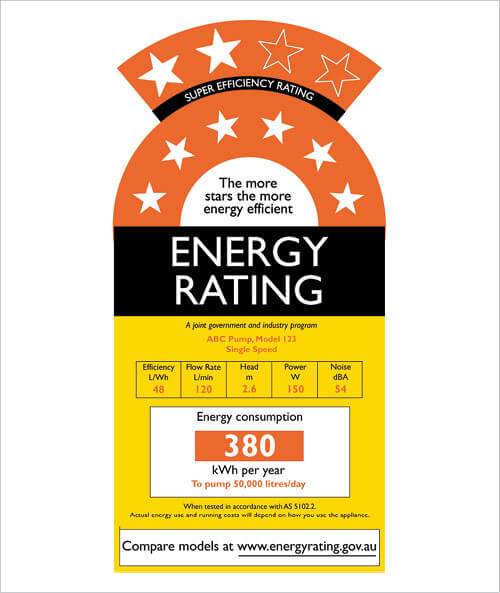When purchasing new appliances for their home, many people have the natural instinct to balk at energy-efficient units because of the additional upfront cost that they usually require. Generally speaking, energy efficient appliances cost more than non-energy efficient units and many people think that they just aren’t worth that extra money. After all, will an energy-efficient clothes dryer dry your shirts better than a non-energy efficient one? Probably not.
However, this is only telling a small part of the story. Only by looking at the larger picture and getting an idea of how much money non-energy efficient appliances cost to operate will you really begin to see just how valuable they really are. If you are planning to attend a Fowles Home Renovator’s Auction, you may very well end up purchasing a bargain laundry appliance or even a whole kitchen!

The Math of it All
Thankfully, you don’t have to “guestimate” how much money it costs you every time you turn on a non-energy efficient appliance. A very specific equation can be used to find out exactly how much money you’re spending on this specific decision.
In order to perform this calculation, you’ll need a few key pieces of information. First, go to your monthly utility bill (or to the website of your utility provider) and find out how much money you’re paying per one kilowatt of electricity. This number is usually measured in kilowatts per hour. Next, find out how many watts your non-energy efficient appliance uses during operation. This number will likely be printed somewhere on a label on the unit itself or in the manual and other documentation that came with it at the time of purchase.
Say your non-energy efficient microwave uses 3,000 watts of electricity during operation and you use it for an estimated ten hours a week. Multiply those two numbers together (3000 watts by ten hours) to arrive at 30,000 watt hours.
Next, convert that number into kilowatt-hours by dividing it by 1,000. 30,000 watt hours divided by 1,000 equals 30 kilowatt hours.
Now, multiply that number by the price you pay per kilowatt hour of electricity. If your utility provider charges you $0.70 per kilowatt hour, that means it costs you $21 every week to use your non-energy efficient microwave. You can perform this calculation for every other appliance in your home to see how much you’re really spending.
An Investment in the Future
Once you know how much each non-energy efficient appliance actually costs, you can then see how much you will save by performing the same calculation on an energy efficient equivalent.
You will quickly begin to see a pattern develop. Though the energy efficient appliance may cost more money up front, they’re much, much cheaper to operate in the long run. What you’re paying for up front is actually an investment. Through the sheer amount of money that you’ll save on a monthly basis by way of decreased utility bills and energy consumption alone, you will quickly find out that paying for those energy efficient appliances is a decision that is more than worth it.
Check out Fowles Weekly Auctions every Wednesday for amazing bargains on carpet and timber floor specials, building materials and home renovators auctions.
